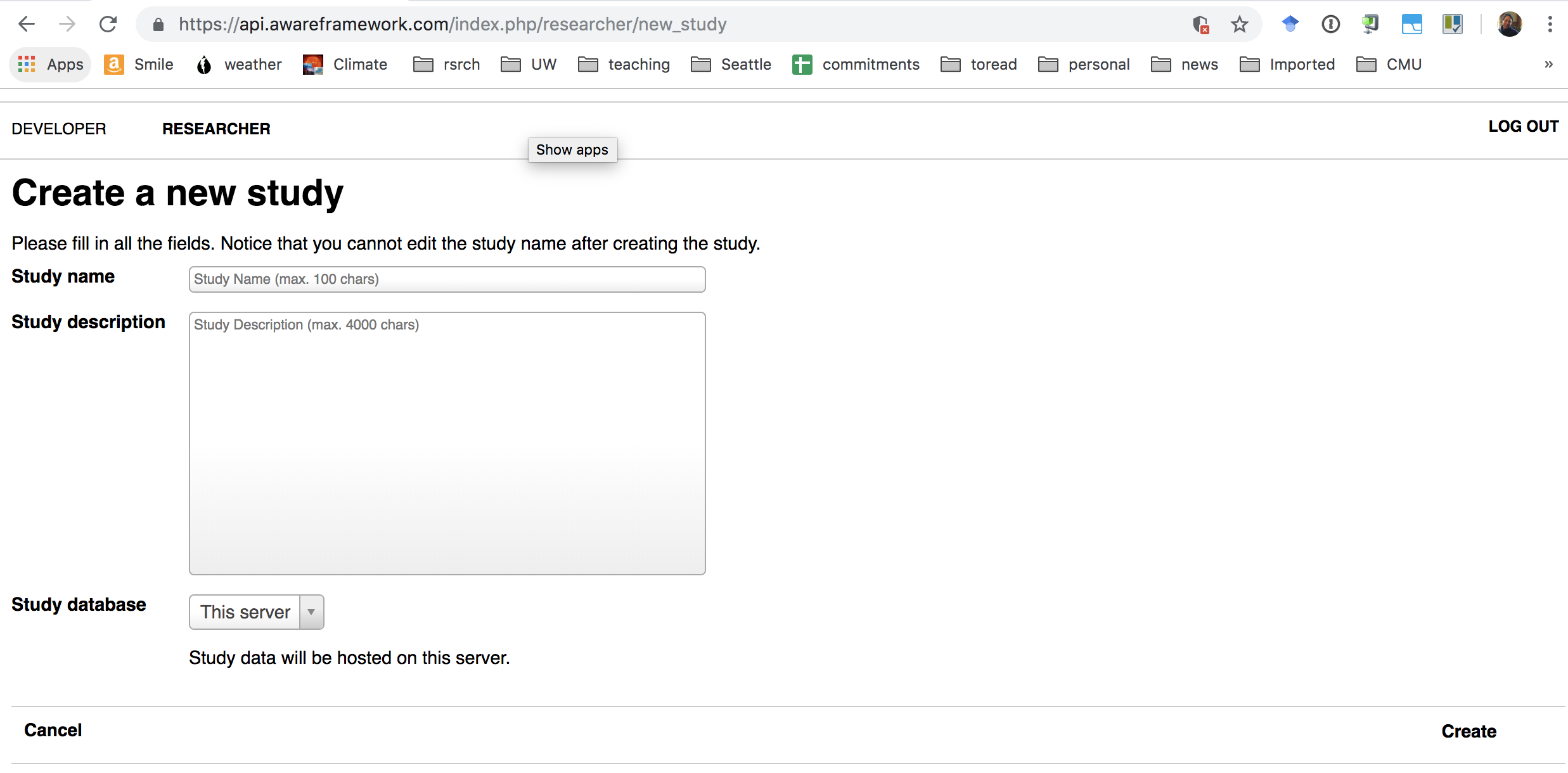name: inverse layout: true class: center, middle, inverse --- # Sensing with your Phone Jennifer Mankoff CSE 340 Spring 2019 --- layout: false # Types of Input - Not just touches: clicks, key presses -- - *Sensors* - GPS, IMU/Accelerometer, humidity, temperature, etc ??? Sampled or event based? -- - `Managers` (e.g. `LocationManager`) let us create and register a listener - Listeners can receive updates at different intervals, etc. - Some Sensor-specific settings [https://source.android.com/devices/sensors/sensor-types.html](https://source.android.com/devices/sensors/sensor-types.html) --- # Other Kinds of Input - Microphone - Camera - Multi-touch - Connected Devices? --- .title[ Aware Framework] .body[  [Aware's Many Sensors](https://awareframework.com/sensors/) ] ??? AWARE is an Android framework dedicated to instrument, infer, log and share mobile context information, for application developers, researchers and smartphone users. AWARE captures hardware-, software-, and human-based data. The data is then analyzed using AWARE plugins. They transform data into information you can understand. --- .title[Easy to collect data] .body[  ] --- .title[We'll implement our own version] .body[ Much Simpler Android only Uses Android's [Task](https://developer.android.com/reference/com/google/android/play/core/tasks/Task) API because this may be asynchronous. We do our best to hide this for you Uses Google's [Awareness API](https://developers.google.com/awareness/) to provide you access to data ] ??? --- .title[Snapshots] .body[ Current info Requires a single callback: `onSnapshot(Response response)` Parse the response and act on it! `WeatherSnapshotActivity` example ] --- .title[Subclass ContextSnapshotActivity] .body[ You'll create activities for multiple sensors ] --- .title[[Fences](https://developers.google.com/awareness/)] .body[ Conditional data 3 callbacks: during, starting, stopping From the android docs: ``` if (TextUtils.equals(fenceState.getFenceKey(), "headphoneFenceKey")) { switch(fenceState.getCurrentState()) { case FenceState.TRUE: Log.i(TAG, "Headphones are plugged in."); break; case FenceState.FALSE: Log.i(TAG, "Headphones are NOT plugged in."); break; case FenceState.UNKNOWN: Log.i(TAG, "The headphone fence is in an unknown state."); break; } } ``` ] --- .title[Subclass FenceActivity] .body[ Again you'll create for multiple sensors ] --- .title[Simulation Demo] .body[ ] ---
layout: true